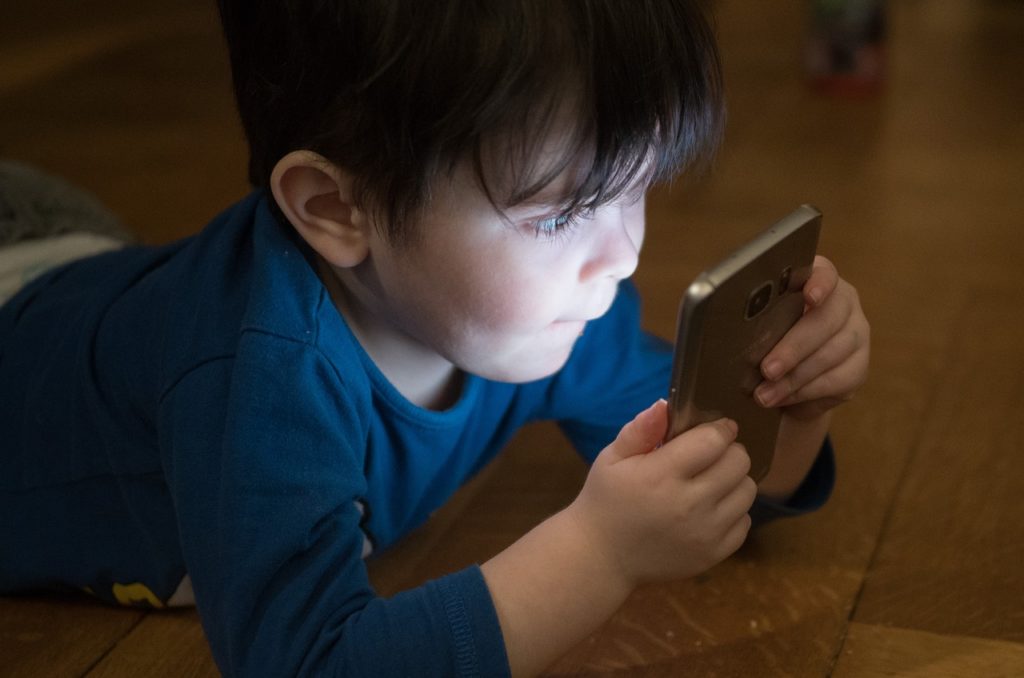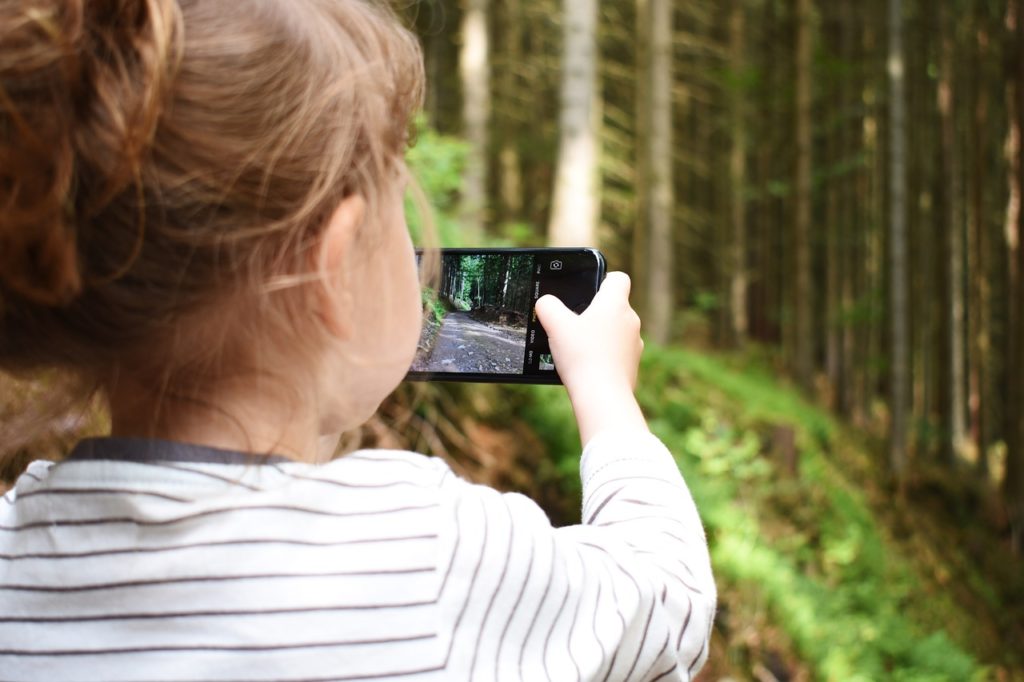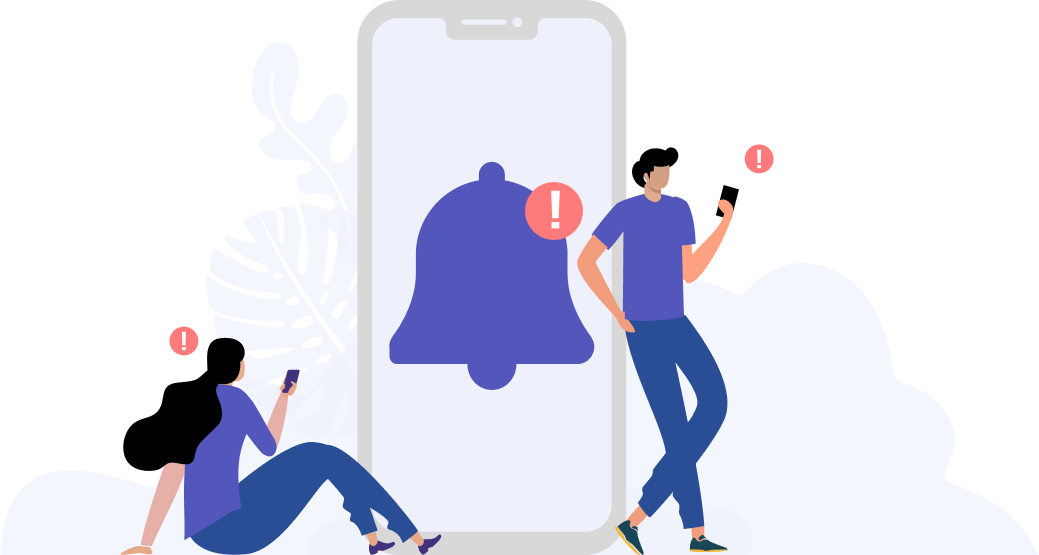Are We Losing Our Sight To Technology?

Without a doubt, the integration of smart devices and mobile internet technology into virtually every aspect of our lives has resulted in an amazing array of benefits to each and every one of us. I, for one, am pro-technology and can often be seen using my smartphone to get work done and to capture important moments. And I’m not the only one! In Singapore alone, there are three times as many internet-connected smart devices as there are people.
The improvements to our communication and productivity that have resulted from this hyper-connected world cannot be overstated but, as many of us are starting to notice, the benefits of the smart device revolution have come at a price.
That price is the well-being of our children. If you are in a public place, a quick glance around you should be enough to see what I mean. Children everywhere are glued to their devices, and research shows that they are adopting devices at progressively younger ages and using them for longer periods of time.
For example, Singapore’s largest study that has tracked the health of children from birth, the GUSTO study, has shown that children who are just 2 years old are spending 2 hours per day on digital screens, and our 9-year-olds are spending the equivalent of a full-time working week on their device screens every single week.
As I try to comprehend these staggering statistics, the memories from my childhood of the days spent outdoors playing games with my siblings, chatting to my neighbours, and eating together with my family at the dinner table, truly engaged with each other and enjoying each other’s company, play over in my mind in stark contrast to what is happening around us now.
Kids these days are no longer talking to each other face-to-face, they no longer spend time building relationships, and they are perpetually addicted to their screens. If this is the case now, what might the situation be in 10 years, as mobile devices become more captivating and addicting? Unless we do something, I worry about the direction this situation is going.
Nostalgia and the social consequences of excessive device use aside, there’s also an emergence of research studies linking excessive screen time with several serious adverse health outcomes, including diabetes, heart disease, and mental illness. In fact, the World Health Organization recently declared that gaming disorder and internet addiction syndrome are real and serious mental health conditions.

There has been a lot of media coverage on some of the negative health consequences of too much screen time, but one particular disorder – myopia, commonly known as short-sightedness – seems to be flying under the radar. Because of how common it is, most people simply think of myopia as an inconvenience rather than a disease. But it is a disease. In fact, myopia has been labelled as a global epidemic that is out of control. Half of the world’s population is expected to have this disease by the year 2050. In Singapore, the prevalence of myopia is already as high as 11% in pre-schoolers aged less than 6 years, reaching up to over 80% in teenagers, and this high prevalence is reflected in other developed countries in Asia. As the myopia epidemic worsens, up to a billion people are predicted to have a severe form of myopia that increases the risk of irreversible blindness from complications such as retinal detachment or macular degeneration.
The parallel increase in device use among children and the prevalence of myopia is no coincidence, with several population-based studies from India, Taiwan, Japan and China reporting a significant association between device use and the development of myopia. For instance, a 2015 study from India that examined almost 10,000 children aged 5 to 15 years reported that 2 hours or more of television time and playing mobile games significantly increased the risk of developing myopia. However, the nature of the relationship between screen time and myopia is still unclear, and more research is needed.
The devices tsunami doesn’t look like it will be stopping anytime soon, so it is important to take steps to ensure that we manage the health implications so that our children have happy and healthy futures. The truth is that no one wants to go back to the stone age. So, rather than going on a witch-hunt against technology, the best strategy is to embrace our devices and to help our children (and ourselves) to build healthy relationships with them. And it has to start now.

To play our part in the fight against screen addiction, our Singapore-based health tech company has developed plano, a health application that runs in the background of devices to flip the ‘problem’ into the solution. plano was developed with governmental support and backing from reputable scientific research institutes. plano provides evidence-based live interventions to nudge users to use devices in a healthy manner. The app helps users to hold their devices at an appropriate distance and with correct posture, to better control their time on devices, and to screen for and manage myopia. plano uses a clever reward system to empower device-free activity as well as monthly parental reports to inform parents on what they can’t always see or monitor.
Recognising its potential to enhance Singapore’s existing National Myopia Prevention Program, the Health Promotion Board of the Singaporean Government has taken swift action to promote the use of the plano app to over 320,000 children over the next 12 months. Besides the plano app, to deliver key science-based messages to children, I had the privilege of being part of a unique collaboration of the sciences and arts. Best-seller children’s book author Hwee Goh, award-winning illustrator David Liew and I have come together to develop a children’s fantasy book series. The Plano Adventures seeks to create an actual societal shift, empowering the next generation to build a healthy relationship with their devices. The first of the five books, Trouble in Murktown, that focuses on device use and myopia is now available in all bookstores in Singapore and will be available globally in the coming months.
But our efforts at Plano are just the beginning. Government, industry and medical institutes must also work together to formulate preventative strategies to reduce excessive smart device use, particularly among children.
And if we collectively as a society do not take action now, then it’s not just a question of whether our children are losing their sight to technology; with the consequences to our relationships and our well-being, we will lose the things that truly matter most, and no glasses, contact lenses or laser surgeries will bring those things back.
This article was originally posted on July 18 2019 here.
Tools Designed for Healthier Eyes
Explore our specifically designed products and services backed by eye health professionals to help keep your children safe online and their eyes healthy.





